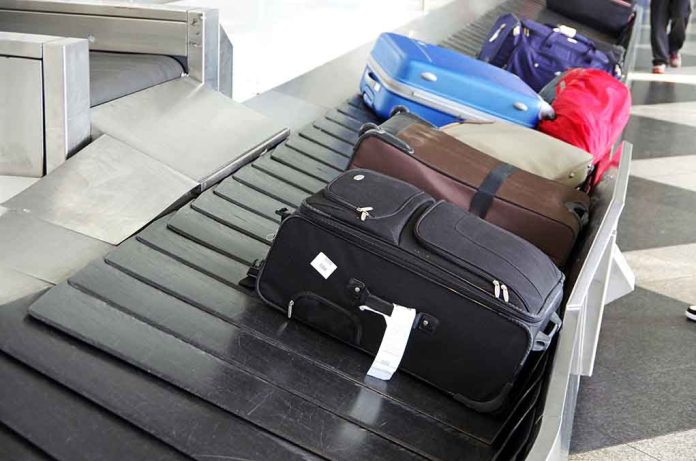
After remaining buried for decades, a likely World War II-era bomb suddenly exploded at Japan’s Miyazaki Airport, shaking the area and causing significant disruptions.
At a Glance
- A 500-pound U.S. bomb likely from WWII detonated at Miyazaki Airport, Japan.
- The explosion canceled over 80 flights, though no injuries occurred.
- Authorities confirmed no future risk, repairing the runway by next morning.
- Unexploded WWII ordnance remains a persistent problem in Japan and globally.
Bomb Explosion at Miyazaki Airport
An unexploded U.S. bomb likely from World War II erupted at Japan’s Miyazaki Airport, creating a 7-meter-wide crater in the facility’s taxiway. The unexpected blast forced more than 80 flight cancellations, although fortunately, no passengers or crew were harmed as no aircraft were nearby at the time of the explosion. Initial investigations by Self-Defense Forces and police are underway to determine why the device spontaneously ignited.
The explosive was identified as a 500-pound bomb likely dropped by U.S. forces during WWII. Maintenance personnel were quick to address the damage, and the airport was able to resume operations the following morning. However, the presence of unexploded ordnances in Japan continues to pose a threat even decades after the end of hostilities.
🌐 Breaking News: Explosion at Miyazaki Airport? ✈️💥
This morning, an explosion was reportedly captured on the information camera at Miyazaki Airport at 7:58 AM, sending plumes of dust into the air.
The airport office has confirmed that a sinkhole was found on the taxiway… pic.twitter.com/LPwA0VKsPp
— Currently JAPAN (@Currently_JAPAN) October 2, 2024
Historical Precedents and Global Incidents
Miyazaki Airport’s tumultuous past harks back to its original role as a flight training site for the Imperial Japanese Navy in 1943. Unexploded ordnance has been repeatedly found across numerous locations known for their history of bombardment during World War II. Japan alone recorded the disposal of over 2,348 bombs weighing 41 tonnes in 2023.
Japan’s top government spokesperson, Yoshimasa Hayashi, said following the incident that 87 flights were canceled but that the hole created by the bomb was expected to be fixed by Thursday, October 3.
Similarly, Europe frequently uncovers unexploded bombs in cities that were heavily bombed during the war. London and Berlin have both documented numerous cases where old ordnance was found and safely disposed of by bomb squads. Efficient removal protocols are increasingly necessary to avert risks of such unforeseen detonations.
Efforts for Future Prevention
As the number of unexploded bombs discovered annually remains high globally, calls for increased public funding for detection surveys are gaining momentum. Advanced magnetic inspections and horizontal and vertical surveys are conducted at construction sites with a history of raids, yet they are not foolproof.
The peaceful landscapes of today hold remnants of past conflicts, emphasizing the need for continued vigilance and proactive safety measures. As operations return to normal at Miyazaki Airport, the reminder of lingering wartime dangers resonates not just in Japan but across nations that were once battlegrounds.
Sources
- Japan airport closed by explosion of U.S. bomb likely dating to World War II
- An American bomb from WWII explodes at a Japanese airport, leaving a crater on the taxiway
- Japan’s Miyazaki Airport reopens after WWII bomb explodes near runway; What you need to know

















